In rainforests, savannas, and city parks, parrots aren’t just squawking – they’re addressing one another with vocal labels that work much like names. This idea once sounded outlandish, the stuff of animal folklore, until a wave of field experiments and acoustic analyses turned the hunch into hard evidence. Scientists listening in on chaotic flocks began to notice patterns: a specific sound reliably summoned a specific bird. What started as a mystery of noise has become a window into how complex social lives shape the evolution of communication. And it’s pushing researchers to ask a bigger question – how close can nonhuman communication get to the building blocks of our own language?
The Hidden Clues
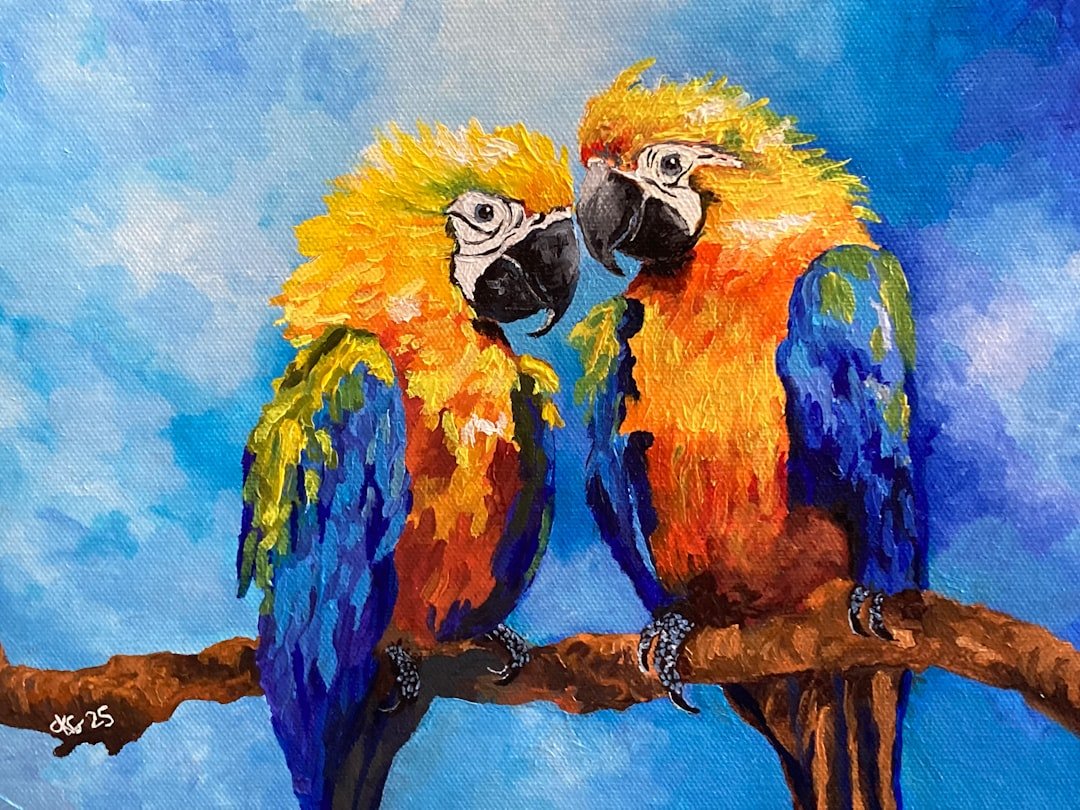
Here’s the surprising part: what sounds like a wall of chatter often hides razor-sharp precision. In many parrot species, individuals craft distinctive contact calls, then tweak those calls when directing them to a particular bird, as if saying a name to get attention. Field biologists noticed that when a certain pattern was played back, the same individual would respond more quickly and approach more directly. That consistency is key; it says the call isn’t just a mood or a random squawk, it’s a label tied to identity. Once you see it, you can’t unhear it.
In fission–fusion flocks that constantly split and merge, names are a social compass. They help birds find mates, reunite with family, and coordinate movement across noisy landscapes. Think of a crowded train station where a single shout of your name cuts through everything – you turn because that call belongs to you. Parrots appear to use the same trick, and it works even when dozens of voices overlap. The chaos has a map hidden inside it.
From Ancient Tools to Modern Science
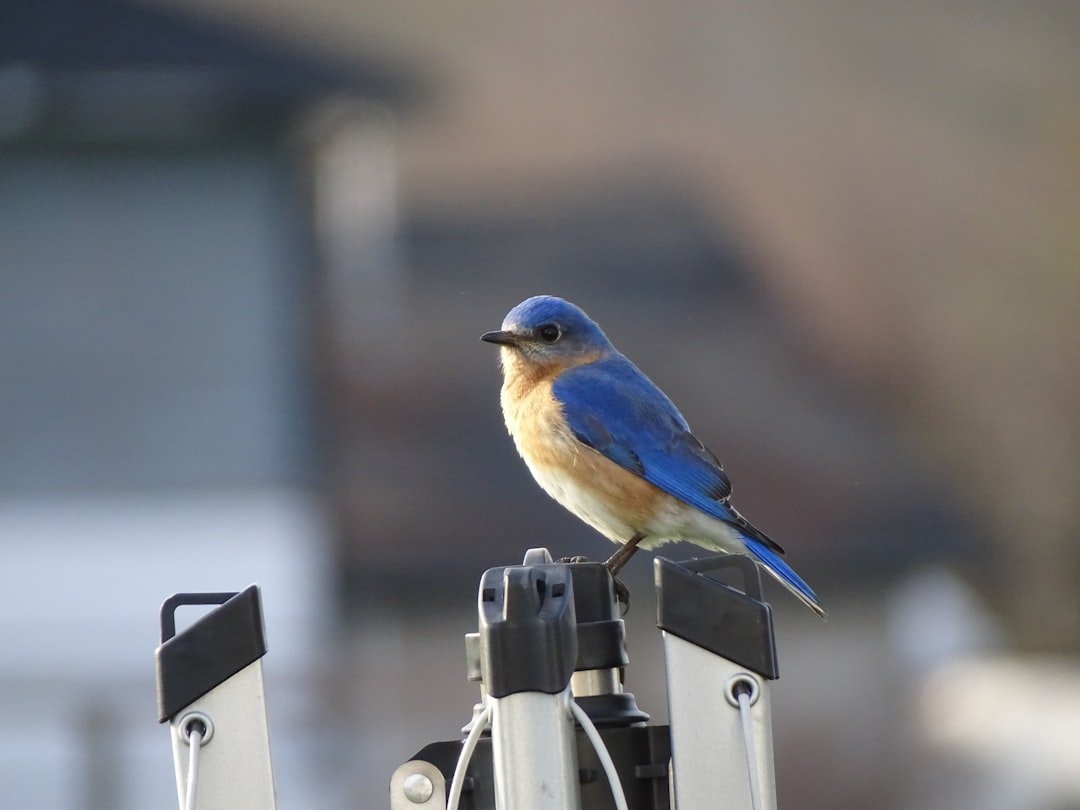
The first breakthroughs were wonderfully simple: record calls, play them back, watch who answers. Those old-school cassette experiments laid foundations by showing that certain birds reacted more strongly to certain calls. Today the toolkit looks very different – lightweight “backpack” recorders, GPS tags, and arrays of microphones triangulate who called, who replied, and how fast the exchange unfolded. Machine learning then sorts the acoustic fingerprints far beyond what the human ear can track. With better resolution comes bolder tests.
Researchers can now follow entire social days, capturing call-and-response chains like conversation threads. When they swap calls between individuals, response patterns flip predictably, another sign that labels are attached to the receiver. Add color-banding and long-term lineage records, and you can trace how call types spread through families and neighborhoods. The data make a strong case that these names aren’t one-offs, but stable parts of parrot society. The more we measure, the clearer the pattern gets.
How Names Are Learned
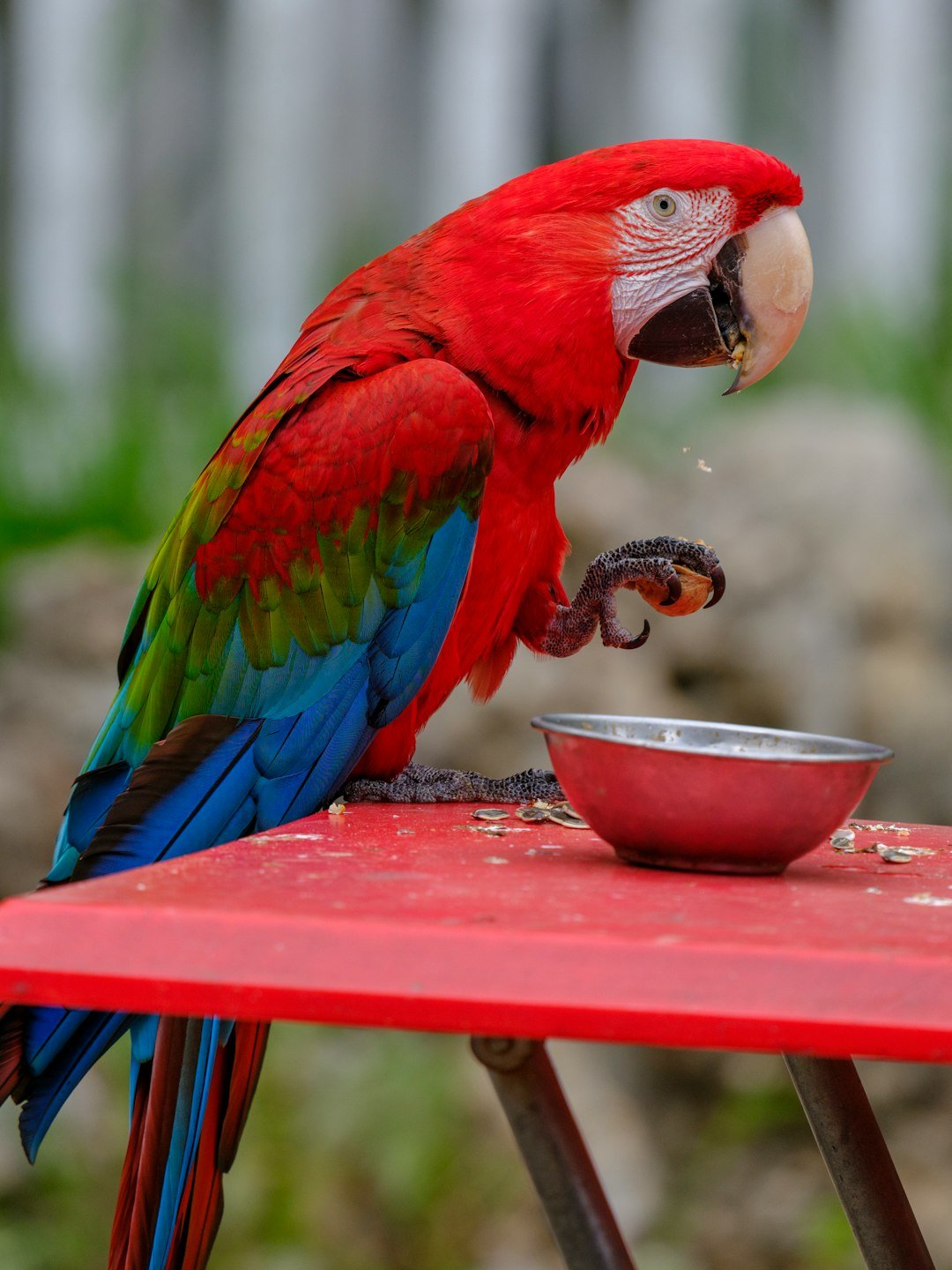
Parrots are vocal learners, meaning they must practice and refine sounds much as human infants do. Young birds don’t pop out with a finished name; they acquire call shapes from parents and flock-mates, then personalize them, keeping a recognizable core. In some species, adults appear to “assign” a scaffold of sounds that chicks gradually adopt – a kind of voice template that becomes the youngster’s label. Over time, subtle shifts keep names distinct even as flocks grow. It’s cultural transmission wrapped around biology.
Context matters, too. Chicks hear their label in moments that matter – feedings, returns to the nest, reunions after brief separations – so the sound becomes tied to identity and attention. Later, peers address them with that same label to initiate contact or coordinate a flight. The feedback loop reinforces the “this sound means you” mapping. It’s not language in the human sense, but it does reveal a flexible, social learning engine.
Mapping the Social Web
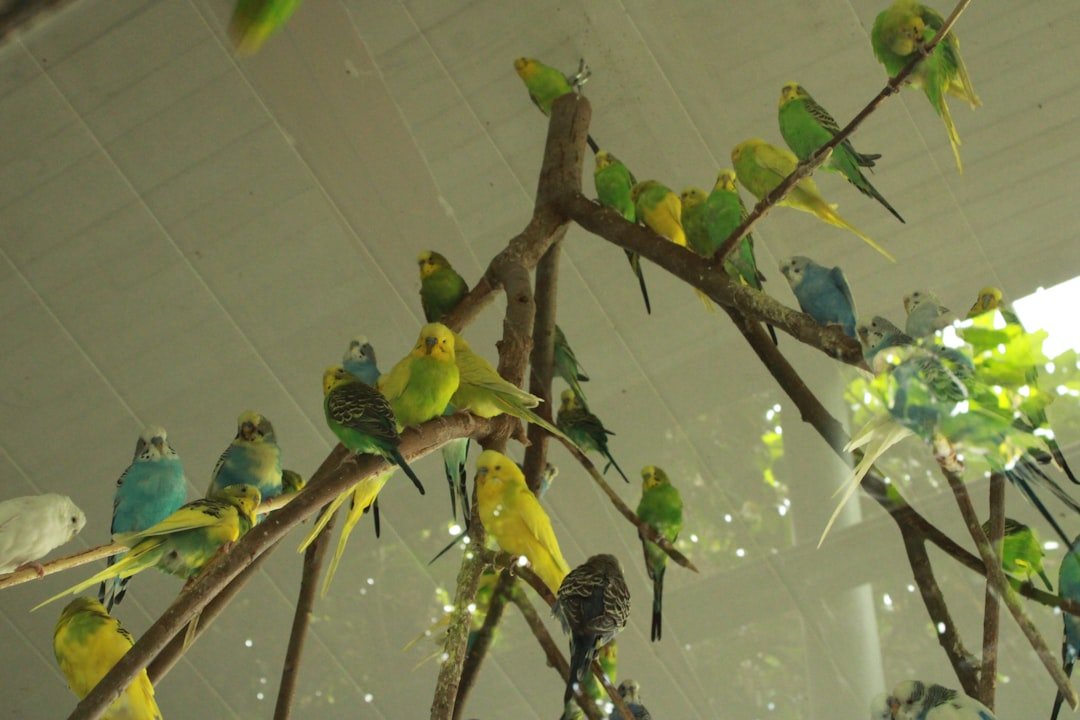
When scientists chart who calls whom, the network blooms like a subway map. Certain individuals act as hubs, receiving and sending more named calls, while others cluster tightly around family lines. Names reduce the cost of living in a crowd by minimizing miscommunication – no small feat when flocks can swell to the hundreds. They also reveal hidden alliances: birds that regularly “name” one another often forage together and defend perches side by side. Communication becomes a predictor of social structure, not just a byproduct of it.
These maps also clarify how information moves. If a hub bird shifts roosts, many others follow within minutes, often after a volley of name-targeted calls. That’s social influence in acoustic form. It mirrors how human messages ripple through group chats, with a few connectors amplifying a decision. For parrots, names are the handles that make routing efficient. The right label can move a flock.
Cross-Species Parallels – and Key Differences
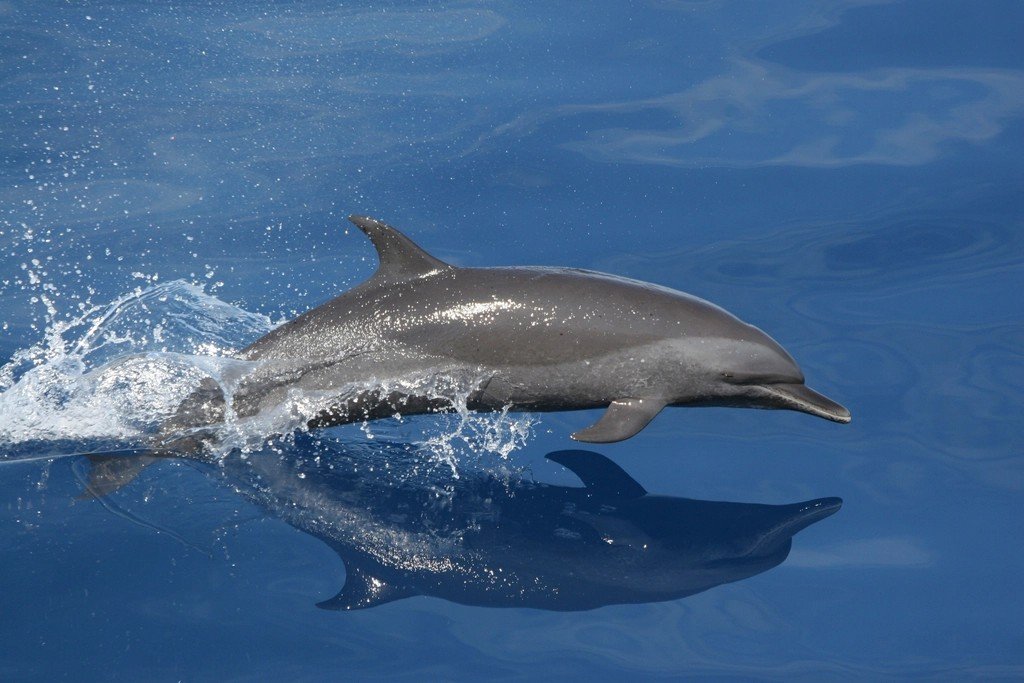
Parrots aren’t alone in using vocal identity tags. Dolphins craft signature whistles, and bats show forms of name-like calls that help mothers find pups in crowded colonies. The parallels are striking because all these animals share big brains, complex societies, and vocal learning. Still, parrots stand out for their readiness to imitate and adapt, sometimes matching another bird’s label on the fly to address them directly. That active, moment-to-moment naming feels closer to a conversational tactic than a static ID badge.
Crucially, these systems aren’t codes for full sentences; they’re powerful labels used for attention and coordination. Humans use names as gateways to language, then layer verbs, tenses, and abstract ideas on top. Parrots show the gateway – flexible labels learned socially, deployed strategically, and understood by others. That overlap is what excites researchers: it narrows the gap between animal communication and the stepping stones of language. The shared ground is bigger than many once assumed.
Why It Matters
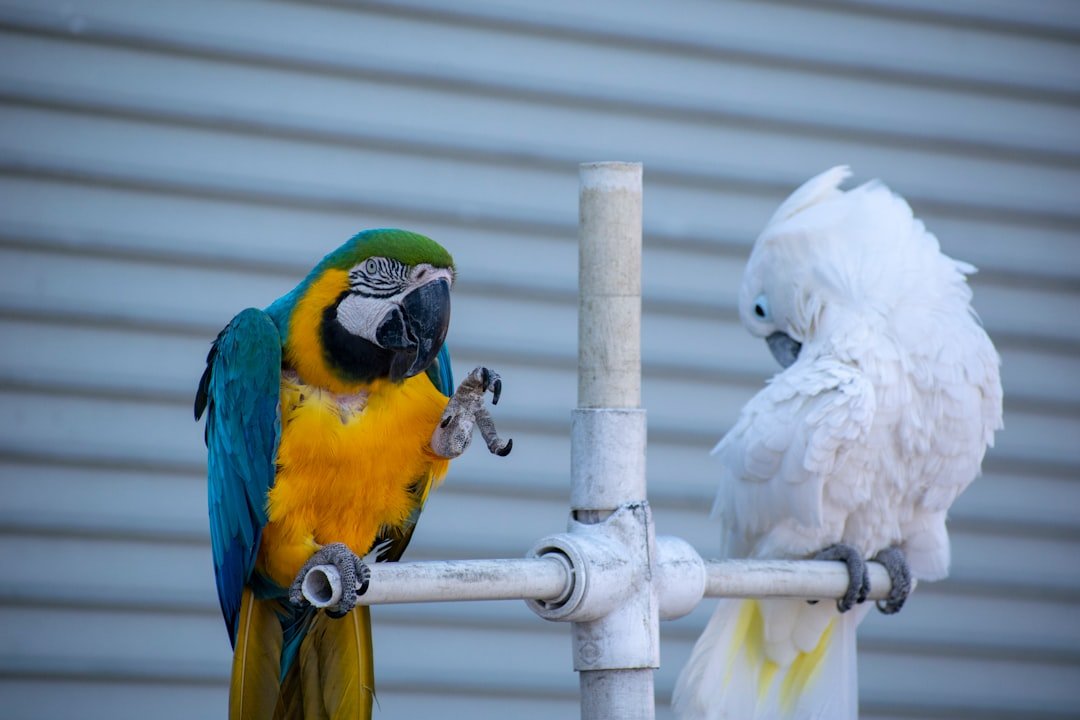
Understanding name-like calls reframes how we think about animal minds. It shows that complex communication can evolve without human-style grammar, driven by the daily demands of living together. It also gives conservationists a new metric to watch: if habitats are fragmented or populations thinned by trafficking, the cultural threads that carry names can fray. Lose the social school, and you risk losing the dialects that hold groups together. Communication becomes a conservation issue, not just an academic one.
Consider a few practical angles that flow from the research:
– Field teams can monitor population health by tracking the stability of signature calls over seasons.
– Wildlife rescues can improve reintroductions by exposing rehabilitated parrots to local call types before release.
– Urban planners can reduce acoustic masking near key roosts by timing loud activities away from peak calling hours.
Each step recognizes that voices are part of habitat. Protect the soundscape, and you protect the social fabric. Ignore it, and silent losses add up where we least notice them.
The Future Landscape
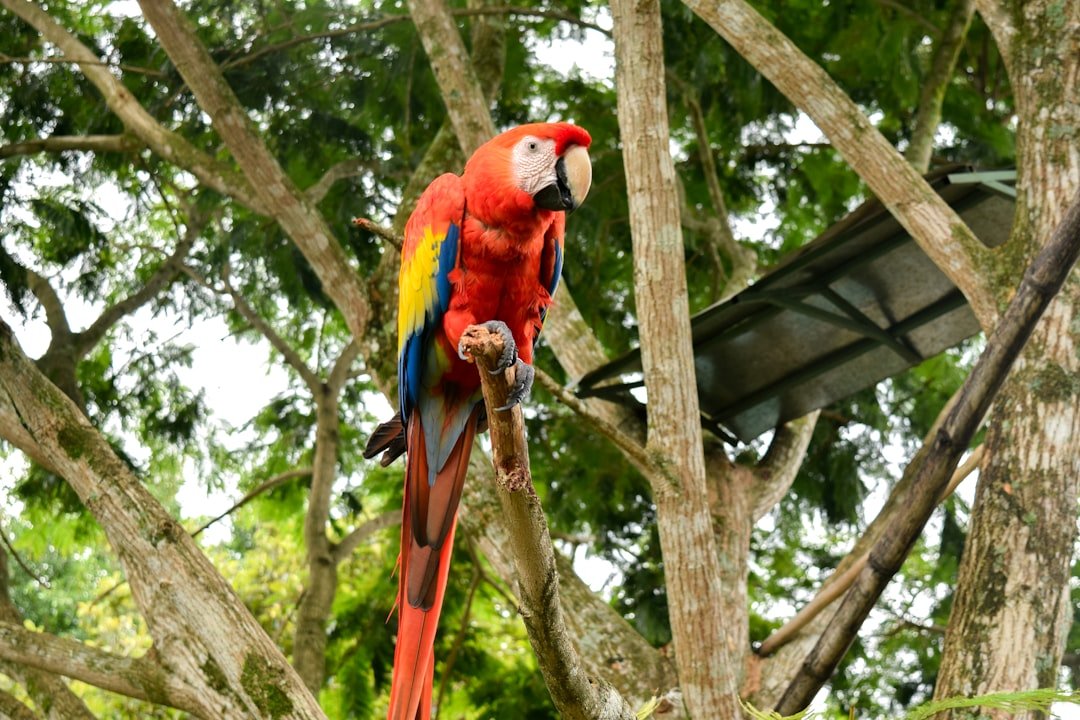
Emerging tools will supercharge this work. Tiny on-bird recorders are getting lighter and smarter, storing days of audio without slowing a flyer. Edge AI can sift sounds in real time, flagging sequences that look like name exchanges and marking GPS coordinates for follow-up. With enough data, models could forecast how naming systems adapt as flocks shift range under climate pressure. The payoff is an early-warning system that listens for social stress before numbers crash.
But technology brings new challenges. There are ethical limits on tagging, and researchers must design studies that respect welfare while capturing crucial moments. Public audio streams add privacy questions for urban wildlife and nearby communities. Cross-border collaborations will be essential because parrots ignore maps even when we don’t. The science is poised to scale, if we build it with care.
Field Notes from People and Places
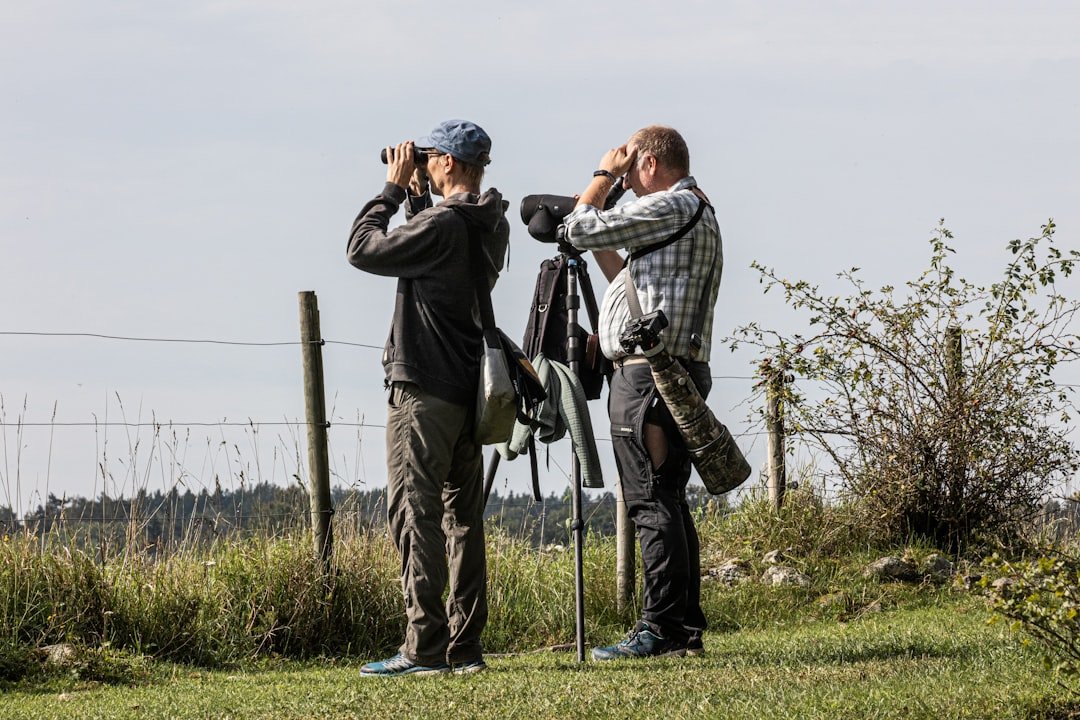
Long-term projects show that patience is the secret ingredient. Teams return to the same roost trees year after year, learning seasonal rhythms and individual quirks until patterns pop. Urban sites add a twist: parrots thread their names through traffic, sirens, and construction, yet still manage crisp, targeted exchanges. Rural sites offer vast skies and cleaner acoustics but demand logistics that stretch every budget. Each landscape teaches a different lesson about how robust these naming systems can be.
Community partners often tip the balance. Local birders spot new roosts before graduate students can, and farmers report changes in flock timing that correlate with harvest cycles. When those observations feed into acoustic datasets, the science moves faster and gets closer to the ground truth. It’s collaborative by necessity, a mosaic of careful listening across continents. The result is a fuller picture of how names travel with the birds themselves.
How You Can Help
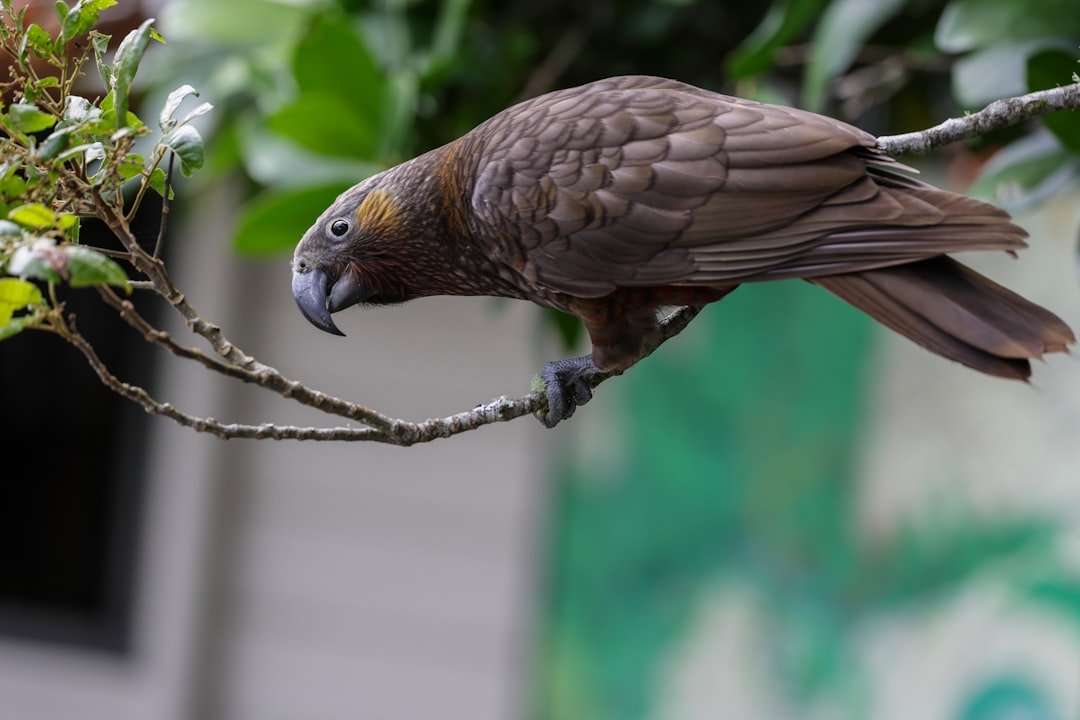
Start by making space for voices. Plant native trees that offer food and nesting cavities, and keep a respectful distance from roosts at dawn and dusk when contact calling peaks. If you live where feral parrots thrive, log observations through community science platforms so researchers can match behaviors to places and seasons. Support reputable conservation groups that fight trafficking and fund long-term monitoring; social learning depends on stable, safe populations. And if you keep parrots, choose enrichment and companionship over endless mimicry – the healthiest vocal learning is social, not forced.
Most of all, listen. Once you tune in, the soundscape stops being background noise and becomes a living network of names. That shift in attention is small but powerful, and it can ripple outward into better choices in our neighborhoods and policies. The next time a flock sails overhead, try to hear the signature beneath the squawk. Whose name is echoing through the air right now?

Suhail Ahmed is a passionate digital professional and nature enthusiast with over 8 years of experience in content strategy, SEO, web development, and digital operations. Alongside his freelance journey, Suhail actively contributes to nature and wildlife platforms like Discover Wildlife, where he channels his curiosity for the planet into engaging, educational storytelling.
With a strong background in managing digital ecosystems — from ecommerce stores and WordPress websites to social media and automation — Suhail merges technical precision with creative insight. His content reflects a rare balance: SEO-friendly yet deeply human, data-informed yet emotionally resonant.
Driven by a love for discovery and storytelling, Suhail believes in using digital platforms to amplify causes that matter — especially those protecting Earth’s biodiversity and inspiring sustainable living. Whether he’s managing online projects or crafting wildlife content, his goal remains the same: to inform, inspire, and leave a positive digital footprint.




